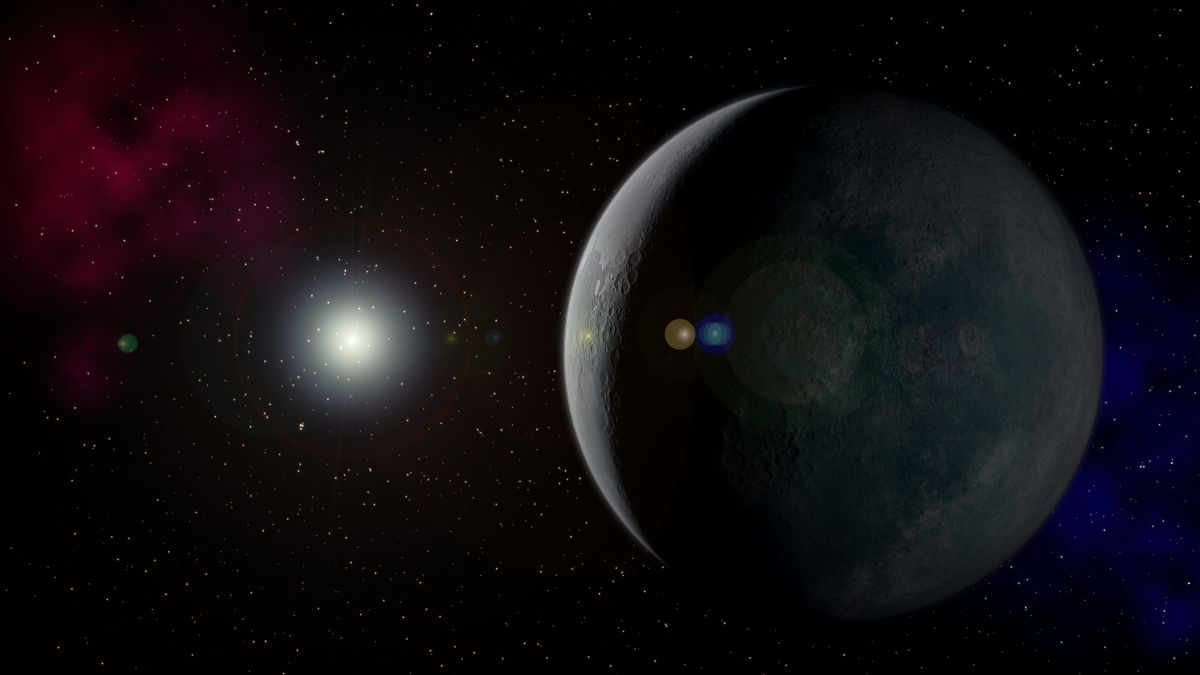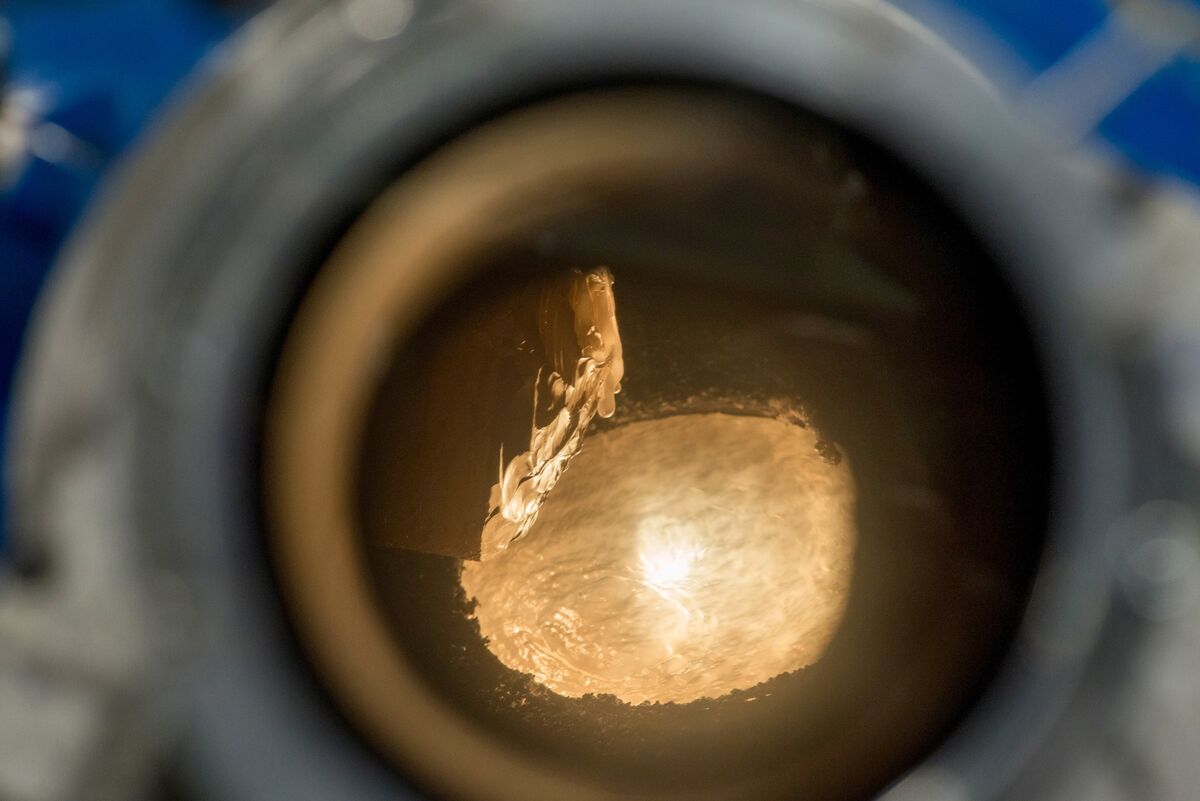A newly discovered warp in the outer Solar System may have been created by a small, rocky world, much closer to the Sun than the hypothesized Planet Nine.
According to a new measurement of the Kuiper Belt plane – the vast ring of icy worlds wherein Pluto resides – an unexpected 15-degree tilt in the orbital alignment of some objects in the belt could be the result of the influence of a planet stirring up trouble.
“One explanation is the presence of an unseen planet, probably smaller than the Earth and probably bigger than Mercury, orbiting in the deep outer Solar System,” astrophysicist Amir Siraj of Princeton University told CNN.
“This paper is not a discovery of a planet, but it’s certainly the discovery of a puzzle for which a planet is a likely solution.”
Related: Scientists Discover New Dwarf Planet in Solar System, Far Beyond Pluto
It’s actually incredibly difficult to see what lies beyond the orbit of Neptune. So far from the Sun, the small objects in the flattened, donut-shaped Kuiper Belt reflect very little sunlight; they’re also extremely cold, so they don’t emit thermal (infrared) radiation either.
We know roughly what’s out there, but the specifics are more elusive. If there are planets out past the orbit of Pluto at about 40 astronomical units, they’re not going to be easy to find. Any such worlds would be very small and dark, and if we don’t know exactly which position in the sky they’re hanging out in at any given moment, we’ve no chance of detection.
Hope, however, is not entirely lost. Neptune was discovered in 1846 after astronomers deduced its location based on peculiarities in Uranus‘s orbit. Pluto was discovered in 1930 after astronomers used the orbital oddities of Neptune and Uranus together to calculate its location. Looking for orbital japery is a time-honored method for tracking down wayward worlds.
As our technology improves, so too does our ability to take a detailed census of the Kuiper Belt, which is thought to extend from around 30 astronomical units to 50 astronomical units. And if there’s an unseen planet that has been lurking out there all this time, any strangeness in the Kuiper Belt could signpost its presence.
Siraj and his colleagues, Princeton University astrophysicists Christopher Chyba and Scott Tremaine, devised a new method to calculate the plane of the Kuiper Belt that eliminates the effects of observational bias.
Then, they applied this technique to 154 objects out past the orbit of Neptune, with semimajor axes between 50 and 400 astronomical units – basically, objects between the outer edge of the Kuiper Belt and the “detached” objects whose orbits are not influenced by Neptune.
If there’s no planet nearby, all these objects should orbit more or less on a flat plane, the researchers reasoned. Indeed, this is what they found for objects between 50 and 80 astronomical units, and again for objects between 200 and 400 astronomical units.
Sandwiched between these two populations, though, at distances from the Sun between 80 and 200 astronomical units, Siraj and his colleagues found evidence for a 15-degree tilt with respect to the plane of the Solar System, with a confidence level of 96 to 98 percent. Follow-up simulations also suggest a 2 to 4 percent chance that the tilt detection is a false positive.
Now, a warp of this nature would naturally flatten out in a relatively short space of time – around 100 million years – unless there was something out there keeping it stirred up. So, the researchers ran N-body simulations to see if they could replicate the effect.
The simulation of the Solar System that came the closest to the observation was the presence of a small planet, between the sizes of Mercury and Earth, orbiting in the outer Solar System with a 10-degree tilt between 80 and 200 astronomical units.
The researchers propose the name “Planet Y” for their hypothetical world.
It’s far from definitive proof, of course, but it does give astronomers a trail of breadcrumbs to follow in the search for Solar System secrets.
With Planet Nine still tantalizingly undiscovered out past 400 astronomical units, too, the outer Solar System could be a real treasure trove for future planet-hunters. It may even help inform future instrument design.
And that can only be a good thing. Hidden lurking planets or no, learning more about the Kuiper Belt and what lies beyond advances the scientific understanding of our place in the Universe.
The research has been published in the Monthly Notices of the Royal Astronomical Society Letters.
First Appeared on
Source link














